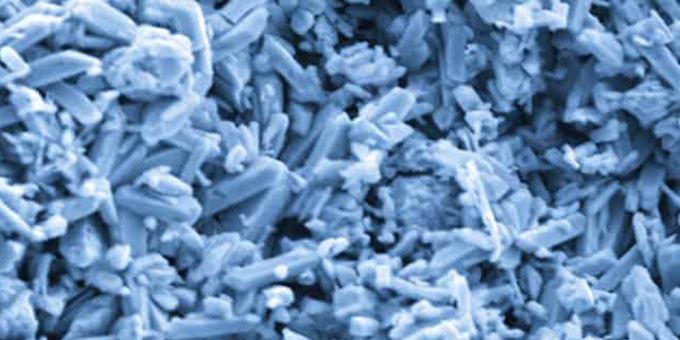Battery manufacturers have improved deep cycle battery performance through the use of additives, but not all of them result in the same benefit to customers.
 Improving Deep-Cycle Batteries Through Additives
Improving Deep-Cycle Batteries Through Additives

Dan Sanchez | US Battery Mfg. Co.
Lead battery chemistry is one of the most reliable and cost-effective technologies over any other type of battery used in a variety of global industries. While these batteries have historically been the most widely used and the most recycled, a variety of additives and technologies have been introduced over the last few years to improve their efficiency to an even greater extent.
Grid Alloys
Historically, the primary failure mode of deep-cycle lead-acid batteries has been positive grid corrosion. The grid alloys used to manufacture deep-cycle flooded lead-acid battery plates typically consist of lead with additions of antimony to harden the soft lead, and to improve the deep cycle characteristics of the battery. Additional metals are often added to the lead-antimony alloys to improve strength and electrical conductivity. Another additive that is used to enhance lead-antimony alloys is selenium. Selenium acts as a grain refiner in lead-antimony alloys. This fine-grain alloy provides additional strength and corrosion resistance over conventional lead-antimony alloys. The effect of these improvements is that positive grid corrosion is no longer the primary failure mode, and the cycle life of FLA deep cycle batteries has been significantly increased.
Active Materials
The starting materials for deep cycle FLA positive active materials are made from a mixture of lead oxide, sulfuric acid, and various additives. These materials improve the performance and life of the positive electrodes in a finished battery. Historically, positive electrodes have been processed using a procedure called hydroset. This procedure is designed to ‘grow’ tetrabasic lead sulfate (TTBLS) crystals in the plates to provide the strength to resist the constant expansion and contraction of the active materials during cycling. This crystal growing process has limitations in its ability to control the range of sizes of the TTBLS crystals. Through the use of crystal seeding additives, the range of crystal sizes can be controlled to the most desirable sizes. These uniform crystal sizes in the TTBLS structure result in increased initial capacity, faster cycle-up to rated capacity, higher peak capacity, and improved charging using the wide range of charger technologies used in various applications.
Concurrent with the improvements in deep cycle FLA positive active materials, improvements in the performance of deep-cycle FLA negative active materials are needed. Carbon additives have been used in the negative active materials of lead-acid batteries for many years. These additives have been used in lead-acid battery expanders to prevent the natural tendency of the negative active material to shrink or coalesce during cycling. Negative active material shrinkage can reduce the capacity and life of deep-cycle FLA batteries. Recent improvements in these carbon materials have opened up new opportunities to improve several performance limitations of lead-acid batteries. New structured carbon materials such as graphites, graphenes, and nanocarbons have been used to control sulfation and improve chargeability in a partial state of charge (PSOC) applications such as renewable energy.
Although the basic structure of an FLA battery hasn’t changed for more than 100-years, manufacturers are continually searching for ways to improve efficiency while maintaining their cost-effectiveness. Additives are one of the ways FLA batteries are becoming more efficient, and new technologies to further enhance them are on the horizon.
The content & opinions in this article are the author’s and do not necessarily represent the views of AltEnergyMag

US Battery
Since 1926, we have been designing and manufacturing the highest quality deep cycle batteries in the world. Starting out as a small manufacturing operation in San Diego, California and growing to the global company that you see today, having locations in Corona, California, Evans, Georgia and Augusta, Georgia, we work each day to supply our customers with the best batteries available. Through innovation and technology our products are the go-to energy storage batteries for a variety of applications including: scissor lifts, sweeper/scrubbers, golf carts, boats, RVs, renewable energy, and many other industries that require the constant energy delivered by quality deep-cycle batteries.
Other Articles
Lithium Batteries for Renewable Energy Applications
The Truth About Reviving Dead Batteries
Battery Recycling Can Lead to a Better Future for Energy Resources
More about US Battery
Comments (0)
This post does not have any comments. Be the first to leave a comment below.
Featured Product

